Dolní Věstonice
The Gravettian / Pavlovian Culture
Dolní Věstonice (together with the neighbouring site of Pavlov) is an exceptional archaeological site. It bears witness to one of the civilization centres of the then world, and in certain aspects the most advanced culture of its time. The culture is considered so important that it has its own name - the Pavlovian culture. (The Pavlovian culture represents an older stage of the Central European Gravettian culture.) The culture (“evolved Pavlovian”) reached its apex between 28,500-31,500 years ago. The Dolní Věstonice and Pavlov archaeological sites have shown that the then people made ceramics, wove textiles, ground stones and enjoyed other technological innovations. Before these innovations were discovered there, it was believed that people had invented them thousand years later.
Here you can read an article on life 30,000 years ago: Window into the Palaeolithic Europe 30,000 Years Ago: Results of the Multidiscipilary Approach (28 pages, in pdf, published in 2008).
Besides the Venus figurines, there were found many other objects created by the then people: figurines of animals (e.g. mammoth, lion, rhinoceros, bear, reindeer, horse, owl), engravings in mammoth tusks, personal decorative objects etc. Some animal figurines made of clay were deliberately destroyed by thermal shock when they were put right into the fire when wet.
The Dolní Věstonice and Pavlov archaeological sites are situated in an area of a typical “sacred landscape”, which attracted people at least 35,000 years ago, and still attracts them today. The Pavlov Hills (Pavlovské vrchy), where they are located, is a ridge of rugged limestone hills rising abruptly above the surrounding flat country. This is an area of cliffs, gorges, impressive rock formations and far-reaching views. Interestingly, the local names of the prominent points of the Pavlov Hills are connected with women. The highest point is called “Děvín” (bearing the same name as the stronghold of women in the well-known Bohemian legend Maidens' War); the highest point of the eastern part with a far-reaching view and a castle ruins is Dívčí hrad (the Maiden's Castle); the three rocks under the Girl’s Castle are “Tři panny” (Three Maidens), and the highest cliff of the Pavlov Hills carries the name of “Martinka” (Little Martina). These names were given to them by people who knew nothing about all the Venus figurines sleeping deep under the ground.
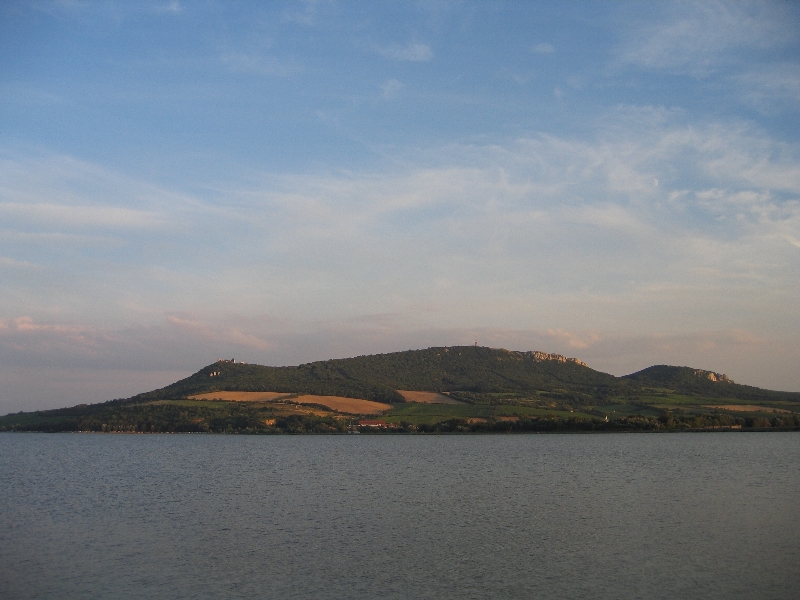
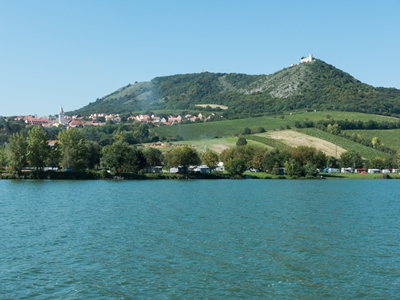
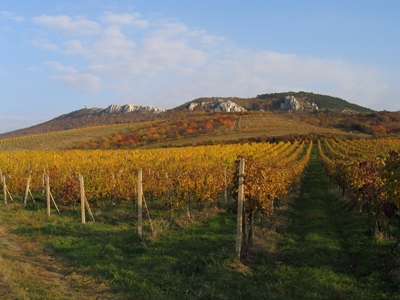



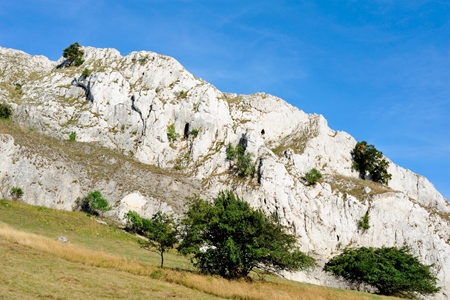






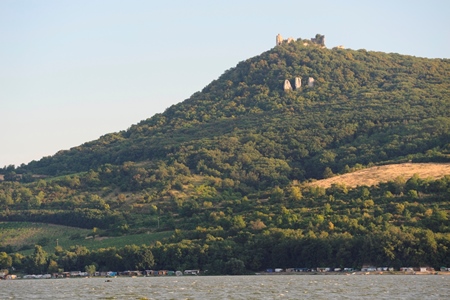

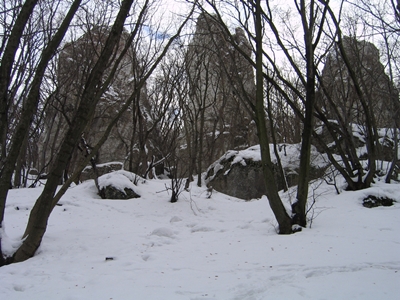
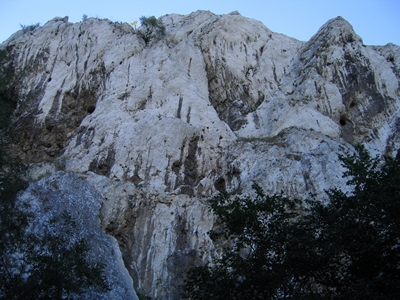
The archaeological sites are situated about 35 km (geographical distance) south of Brno (for information on Brno and its Venuses see here), the largest city in Moravia and the second largest city in the Czech Republic (about 380,000 inhabitants).


The archaeological site of Dolní Věstonice I is located about 2 km away from the village of Dolní Věstonice. (To be exact, the site with the Venus findings is referred to as “Dolní Věstonice I”.) The village of Pavlov lies closer to the site than Dolní Věstonice.



The village of Dolní Věstonice is home to a small museum of prehistory. The museum is a part of the Regional Museum in Mikulov (link here). The exhibits are not original, because the originals are deposited in the safes of the Moravské zemské muzeum in Brno, and are on display only from time to time, on special occasions. There is a memorial statue of the Venus of Věstonice in the village.
In Pavlov, an archaeopark is being built nowadays. The archaeopark is due to open in September 2015.
(Some information about the archeopark you can find here.)


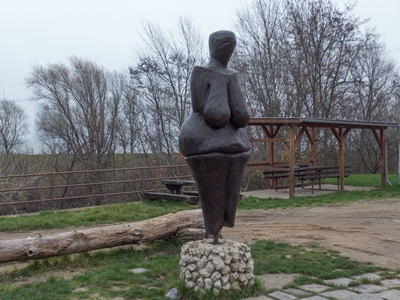


Not far from the Pavlov Hills, there is the “Lednicko-Valtický areál” (the Lednice-Valtice Area), put on the UNESCO World Heritage List as the Lednice-Valtice Cultural Landscape. The Landscape was developed during the Enlightment period, and comprises (among others) chateaux, parks, ponds and buildings, such as Chrám Tří Grácií (Three Graces Temple), Dianin chrám (The Temple of Diana, also called Rendezvous), and a lookout tower that looks like a minaret. Both the Pavlov Hills and the Lednice-Valtice Area are parts of the UNESCO’s Biosphere Reserve called “Dolní Morava” (Lower Moravia).

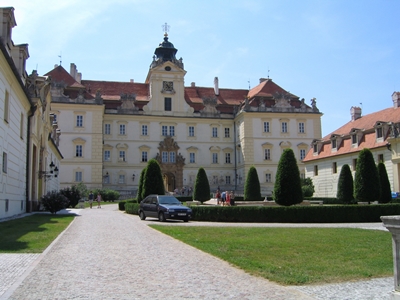
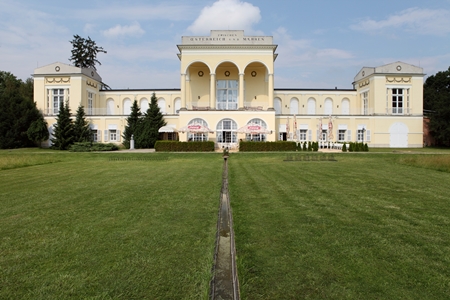
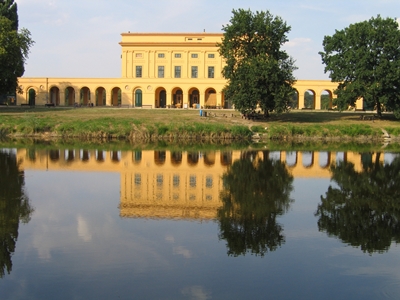
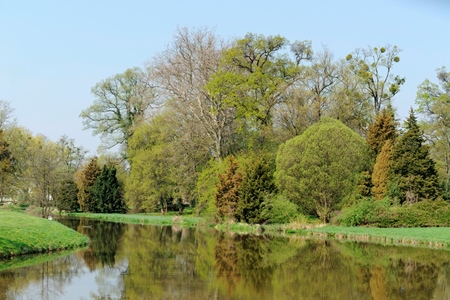
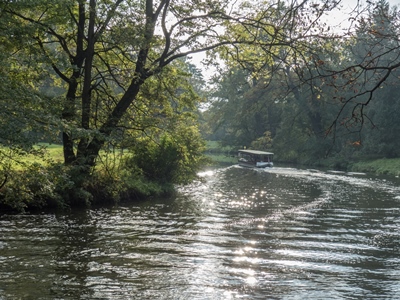
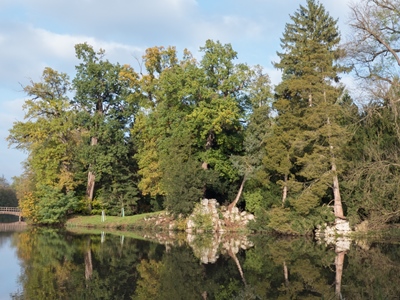



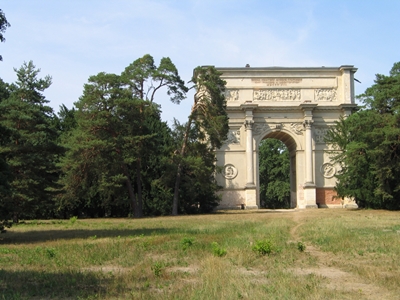


Remarkable Venuses from Dolní Věstonice and basic information about them:
(1)The Venus of Věstonice
The Venus of Věstonice, the most famous of all artefacts found on the Dolní Věstonice site, sometimes called “Black Venus”, is a statuette made of baked clay, one of the first pieces of ceramics in the world.
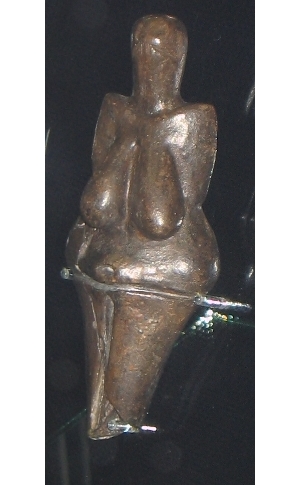

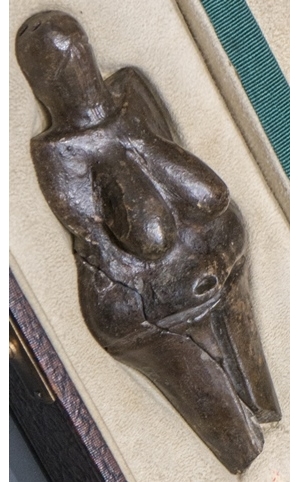


Generally, it is practically impossible to find out who the makers of prehistoric objects were. Here, we have a clue. There is a fingerprint on the left side of Venus’s back. Analysis of the fingerprint showed that “...the age of Venus fingerprint maker lies between 7 and 15 years. If the relation between the epidermal ridge breath and age was the same in the Upper Palaeolithic as it is now, this fingerprint could hardly belong to an adult male. With greater accuracy regarding the shrinkage of the ceramic material, the age estimate can be shifted more towards adulthood. This permits us to consider a young adolescent female or even a young adult female.” (see references, Králík, Miroslav; Novotný Vladimír, and Oliva, Martin, 2002).
The discovery of the fingerprint on the Venus of Věstonice made the scientists search for other fingerprints on the ceramic objects of the Pavlovian culture. A question whether the fingerprints belonged to the makers of the objects was also raised. The answer was that “...in most of the investigated Pavlovian objects, the imprint is also a trace connected with the molding process, so the author of the print is also likely to be the maker of the artifact. This is especially relevant in the last phases of molding. The intra-object variability of epidermal ridge breath (CoefVar) does not suggest that the objects were handled by different individuals after the molding was completed.” (cited from Králík, Miroslav and Novotný, Vladimír, 2005). The results of the research so far point to the role of women and girls (with a possible participation of children) in creating these first ceramic objects ever made.
| Material | Moulded in clay and fired |
| Height | 115 mm |
| Width | 44 mm |
| Thickness | 28 mm |
| Age | 29-31,000 years |
| Discovered | 1925 |
| Deposited | Anthropos, Moravské zemské muzeum, Brno |
(2) Fragments of other ceramic Venuses from Dolní Věstonice
The Venus of Věstonice was not alone. There were found parts of female statuettes of the same shape and made of the same material as the Venus of Věstonice. So it is probable that there was “serial production” of Venus figurines.
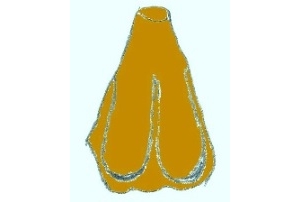
(3) A sculpture of the lower part of a female trunk and thighs
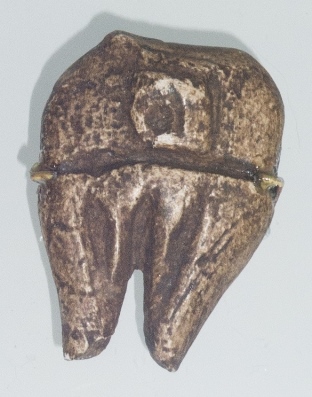
| Material | Mammoth ivory |
| Height | 40 mm |
| Age | 29-31,000 years |
| Discovered | 1931 |
| Deposited | Anthropos, Moravské zemské muzeum, Brno |
(4) A set of 8 highly stylized artefacts with female breasts of various sizes, probably worn as a single necklace
A series of 8 highly stylized artefacts with female breasts of various sizes. They also have incisions indicating genitals. All of them have hanger loops.
The best preserved of them looks like this:
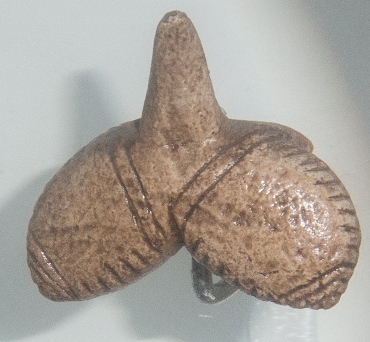
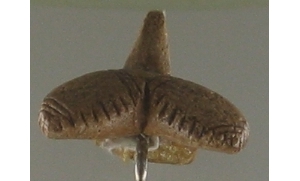
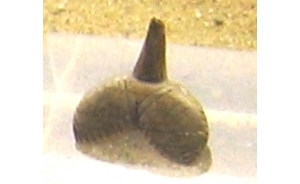
| Material | Mammoth ivory |
| Height | 9-32 mm |
| Width | 5-15 mm |
| Age | 29-31,000 years |
| Discovered | 1937 |
| Deposited | Anthropos, Moravské zemské muzeum, Brno |
(5) A highly stylized, “fork-shaped” female body representation
A highly stylized, “fork-shaped” female body representation with an incision in the lower part of the “trunk” indicating genitals. The artefact was perforated at the top, so it may have been worn as a pendant.

| Material | Mammoth ivory |
| Height | 86 mm |
| Width | 22 mm |
| Age | 29-31,000 years |
| Discovered | 1935 |
| Deposited | Anthropos, Moravské zemské muzeum, Brno |
(6) A female representation in the form of a rod with breasts
A female representation in the form of a rod with breasts. The upper part was broken, so it may have been perforated and worn as a pendant.



| Material | Mammoth ivory |
| Height | 87 mm |
| Width | 17 mm |
| Thickness | 12 mm |
| Age | 29-31,000 years |
| Discovered | 1937 |
| Deposited | Anthropos, Moravské zemské muzeum, Brno |
(7) The head of a woman from Dolní Věstonice
It is an exceptional piece of art representing, unlike the other Venus figurines, an individual woman. It was discovered close to a ritual burial site of a woman who was dubbed “shamaness”. The woman's head is considered the first human portrait ever made.
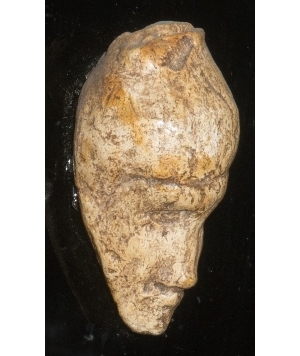


| Material | Mammoth ivory |
| Height | 48 mm |
| Width | 24 mm |
| Age | 29-31,000 years |
| Discovered | 1936 |
| Deposited | Anthropos, Moravské zemské muzeum, Brno |

